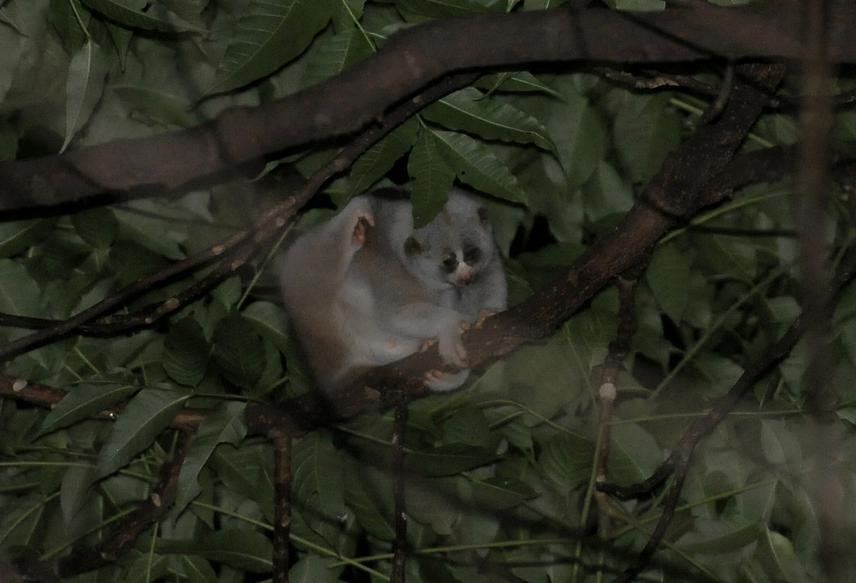Nabajit Das
Other projects
9 May 2008
Population Status, Ecology and Threats of One of the Least Known Primate Species: Bengal Slow Loris (N. bengalensis) in the Protected Areas of Assam, India
18 Jun 2010
Behavior and Feeding Ecology in Relation to Habitat Quality of Vulnerable Bengal Slow Loris (Nycticebus bengalensis) in Gibbon Wildlife Sanctuary, Assam, India
14 May 2015
Securing the Conservation of Bengal Slow Loris (Nycticebus bengalensis) through Community Participation in Kamlang Namdapha Landscape, Arunachal Pradesh, India
The aim of this project is to investigate Bengal slow loris’s threats along with initiation of loris conservation programmes in the study sites involving local communities and helping policy makers to secure its conservation status.

Information on current threats and its analysis of the Vulnerable Bengal slow loris (Nycticebus bengalensis) is extremely limited owing to less attention from conservationists. Threats include habitat loss, forest degradation, killing due to local beliefs and illegal trading for pets within its distribution range of Southeast Asia including NE States of India. All five species of slow lorises are listed in Appendix I of CITES that means all international commercial trade is banned. In India, Bengal slow loris categorized under Schedule I of Wildlife Protection Act 1972, which prohibits domestic trade of slow loris and slow loris products, however slow lorises are among the most commonly observed primates for sale in marketplaces across their distribution ranges and have long been used in traditional medicines. From conservation point of view, in Arunachal Pradesh, Northeast India it is given less priority due to complete absence of specific and detailed information about threat levels and its future impact on current population. Very slow to reproduce, this species cannot withstand current large-scale off-take and killing to supply growing international demand. Greater awareness, improved law enforcement and stronger regional conservation management plan are urgently needed. The main aim of the project is to know the population status and habitat of Bengal slow loris, identification and assessment of threats to the focal species so that conservation actions can be targeted as well as initiation of an extensive conservation education and awareness campaign to reach community members of the study sites.
This study will be first one to provide the types of threats and its intensity to loris population and local people’s perceptions of the cultural drivers behind the hunting of Bengal slow loris in this region. It will provide supplementary data to the promotion of the species as an indicator of habitat quality and anthropogenic pressure in the study sites and could be utilize the result to highlight the area for conservation priority site. We hope to provide a non-judgmental conservation education programme that will inspire local people to use natural resources sustainably.